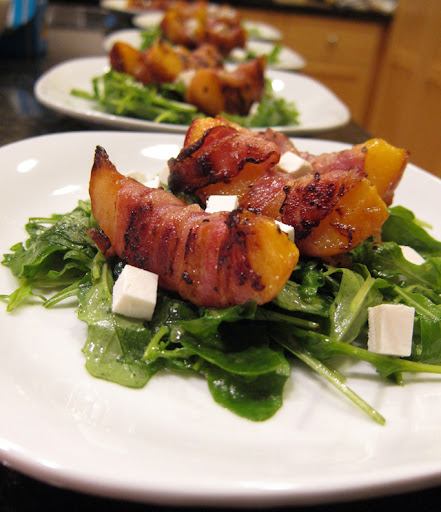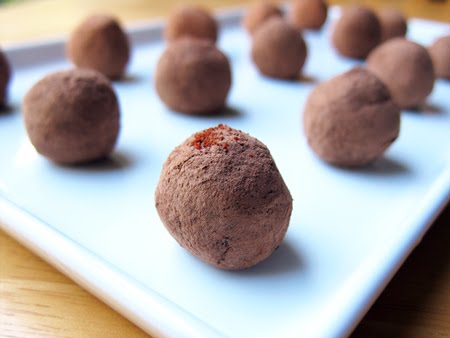A simple (visual) guide to eggs - take 2
>> March 30, 2011 –
eggs,
infographic,
visualization
(click image for larger viewing options on flickr)
This week I finally had a chance to work in some more of the great feedback I got on the egg infographic from earlier this year. Thanks again to all those who provided encouragement and constructive feedback. I know there's always room for improvement, but here's my humble attempt at V2. Once again, the standards and regulations referred to in this infographic are U.S. specific. If you'd like to learn more about eggs, the original egg infographic post has more explanation, background information, resources, and some great suggestions in the comments.
This version was also made to be print friendly, and at the request of some readers, I've put the infographic up on Zazzle here for print/poster purchases. Note that the product link defaults to the largest (and thus most expensive) size - be sure to check the print options on the right sidebar. Proceeds will go to charity.
This week I finally had a chance to work in some more of the great feedback I got on the egg infographic from earlier this year. Thanks again to all those who provided encouragement and constructive feedback. I know there's always room for improvement, but here's my humble attempt at V2. Once again, the standards and regulations referred to in this infographic are U.S. specific. If you'd like to learn more about eggs, the original egg infographic post has more explanation, background information, resources, and some great suggestions in the comments.
This version was also made to be print friendly, and at the request of some readers, I've put the infographic up on Zazzle here for print/poster purchases. Note that the product link defaults to the largest (and thus most expensive) size - be sure to check the print options on the right sidebar. Proceeds will go to charity.

















 Follow on twitter
Follow on twitter